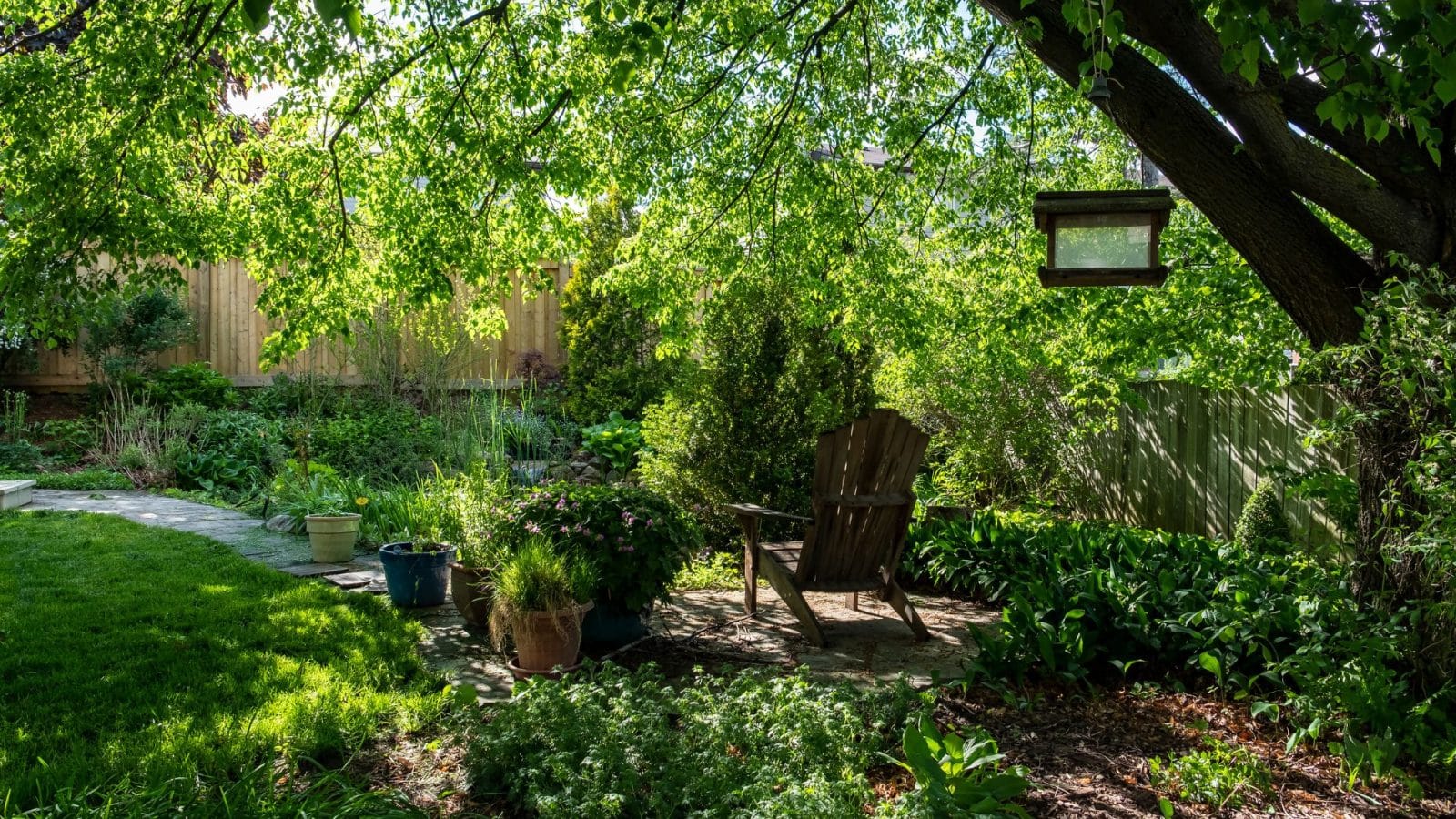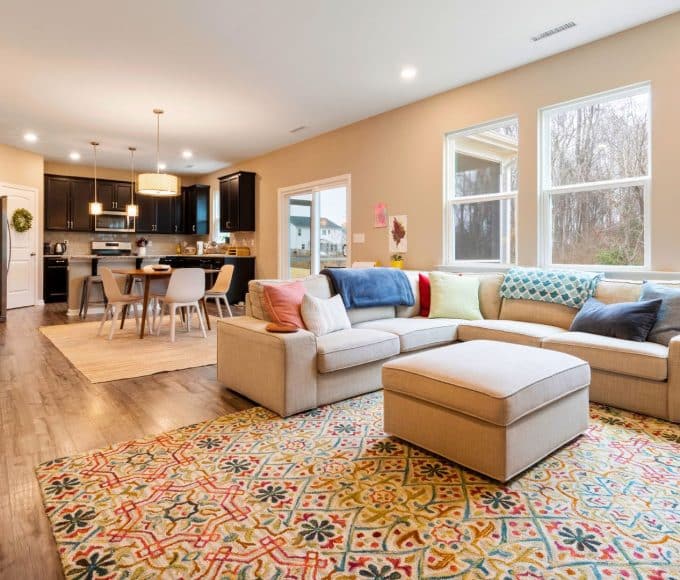In a noisy world, the idea of carving out a quiet, restorative space at home is more appealing than ever. A meditation garden offers more than a nice view; it invites calm, focus, and stillness into your daily routine. And the best part—you don’t need a large yard to make it happen. With a little planning and the right materials, here’s how to create your own meditation garden.
Choose the Right Location
Start by picking a spot that feels naturally separate from the rest of your yard. A corner that gets dappled sunlight and has a bit of privacy is ideal. If your home sits near a road, try to select a location that blocks or buffers street noise, either with hedges or fencing.
Backyards tend to work best, but front yards aren’t off the table. You can use tall planters, privacy screens, or lattice panels to create visual separation without major renovations.
Define the Layout and Boundaries
Once you find the right spot, sketch a simple layout. A 6-by-6-foot space is usually enough for a small bench and a walking path. Consider using curved lines instead of harsh corners, as they feel more organic and natural.
Use low stones, pea gravel, or stepping stones to outline the area. This not only defines your garden’s range but also contributes to a more intentional design rather than a scattered one.
Add Natural Elements That Soothe
Plants play a role in creating a calming space. Choose varieties that appeal to the senses, like lavender for scent or clumping bamboo for the soft rustling sound it makes in the wind. Ferns, moss, and ornamental grasses also add texture without being too difficult to upkeep.
Sound can drown out distractions. Consider a water feature or wind chimes made from bamboo or shells. Avoid anything too loud or mechanical; your goal is gentle, ambient background noise.
Use Sand or Gravel for Ground Cover
Raked sand or fine gravel is a traditional element in many meditation gardens. It encourages focus and can double as a calming ritual. For a 6-by-6-foot space at 2 inches deep, you’ll need roughly 10 cubic feet of sand.
When planning your project, it helps to know what to expect when having sand delivered at home. The truck will need a clear drop-off location, and you’ll want to have a tarp or wheelbarrow ready to move the material before it spreads or hardens in the sun.
Include Simple Seating or Shelter
Keep the seating minimal. One weatherproof bench or cushion is enough. The goal is comfort without distraction. A flat stone or wooden platform also works well if you prefer sitting closer to the ground.
For shade, think light and breathable. A canvas shade sail, bamboo pergola, or a mature tree can provide relief during warmer months.
Give It Your Signature
Lastly, add something personal, like a small sculpture or a hand-built birdbath. Personal touches can turn a space into something more meaningful.
Ultimately, creating your own meditation garden is about carving out space to reconnect. Five quiet minutes a day can make a radical difference in your well-being.
Recommended Reading: Tips for Keeping Up With Your Garden in the Heat














